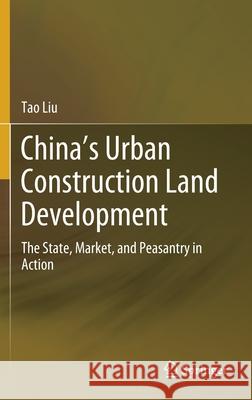China's Urban Construction Land Development: The State, Market, and Peasantry in Action » książka
topmenu
China's Urban Construction Land Development: The State, Market, and Peasantry in Action
ISBN-13: 9789811505645 / Angielski / Twarda / 2019 / 474 str.
China's Urban Construction Land Development: The State, Market, and Peasantry in Action
ISBN-13: 9789811505645 / Angielski / Twarda / 2019 / 474 str.
cena 605,23
(netto: 576,41 VAT: 5%)
Najniższa cena z 30 dni: 578,30
(netto: 576,41 VAT: 5%)
Najniższa cena z 30 dni: 578,30
Termin realizacji zamówienia:
ok. 22 dni roboczych
Bez gwarancji dostawy przed świętami
ok. 22 dni roboczych
Bez gwarancji dostawy przed świętami
Darmowa dostawa!
Kategorie BISAC:
Wydawca:
Springer
Język:
Angielski
ISBN-13:
9789811505645
Rok wydania:
2019
Dostępne języki:
Ilość stron:
474
Waga:
0.87 kg
Wymiary:
23.39 x 15.6 x 2.69
Oprawa:
Twarda
Dodatkowe informacje:
Wydanie ilustrowane











